Space News
Knowridge
68

Image Credit: Knowridge
Asteroid has a very small chance of hitting Earth in 2032, but a collision could devastate a city
- Asteroid 2024 YR4, with a small chance of hitting Earth in 2032, was discovered in Chile in December 2024.
- Initial probability of impact fluctuated, reaching 3.1%, but current prediction by Esa suggests a 0.16% chance.
- Asteroids are remnants from the solar system formation, monitored by agencies like Nasa and Esa.
- 2024 YR4, estimated at 100m, could release 7.8 megatons of energy with devastating consequences if it hits a city.
- Nasa also mentioned a slight chance of 2024 YR4 hitting the Moon, creating a sizable crater.
- Complex factors like asteroid shape and albedo affect trajectory predictions making tracking challenging.
- Uncertainties about the asteroid's composition influence potential interactions with sunlight and trajectory alterations.
- Proposed strategies like spacecraft diversion or nuclear detonation to avert impact carry risks and ethical concerns.
- Continued monitoring, refinement of trajectory estimates, and potential deflection attempts are crucial in handling the threat.
- Possible impacts highlight the need for preparedness and strategic planning in dealing with asteroid threats.
Read Full Article
4 Likes
Knowridge
164
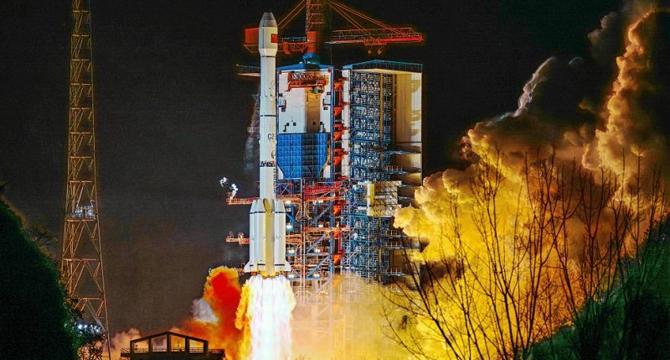
Image Credit: Knowridge
A Chinese satellite tests orbital refuelling
- China's Shijian-25 satellite has been launched to test orbital refuelling operations.
- The satellite will dock with Beidou-3 G7 and transfer 142 kilograms of hydrazine to extend its life by 8 years.
- Success of the mission will lead to the development of a network of orbital refuelling stations.
- Orbital refuelling technology has the potential to extend satellite lifespans and transform space operations.
Read Full Article
9 Likes
Nasa
237
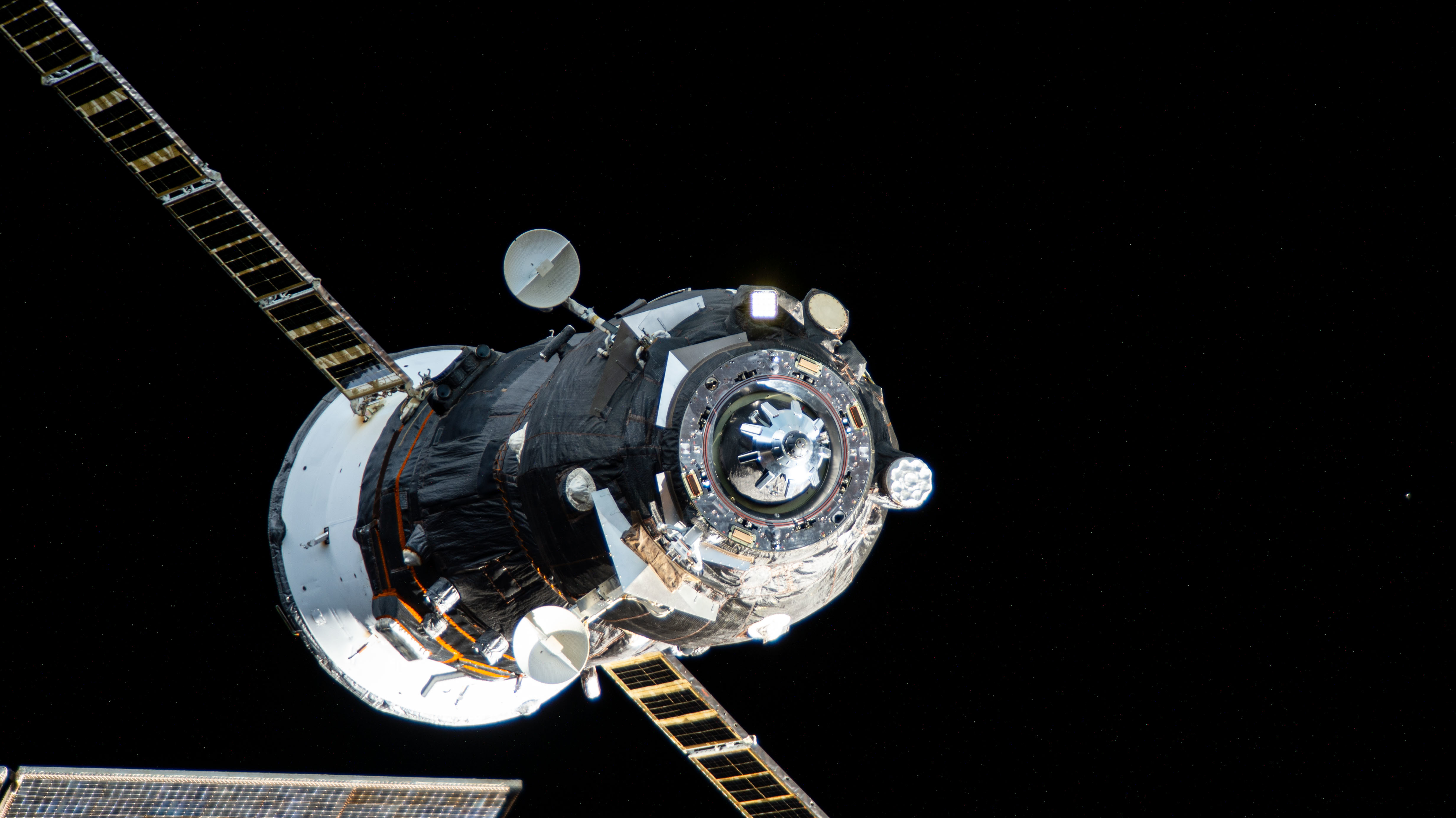
Image Credit: Nasa
NASA to Provide Coverage of Progress 91 Launch, Space Station Docking
- NASA will provide live launch and docking coverage of a Roscosmos cargo spacecraft delivering supplies to the International Space Station.
- The unpiloted Roscosmos Progress 91 spacecraft is scheduled to launch on February 27 and dock to the space station on March 1.
- The spacecraft will remain docked for six months before disposing of the trash loaded by the crew.
- The International Space Station enables research in space and serves as a springboard for NASA's future exploration missions to the Moon and Mars.
Read Full Article
14 Likes
Discover more
Nasa
68
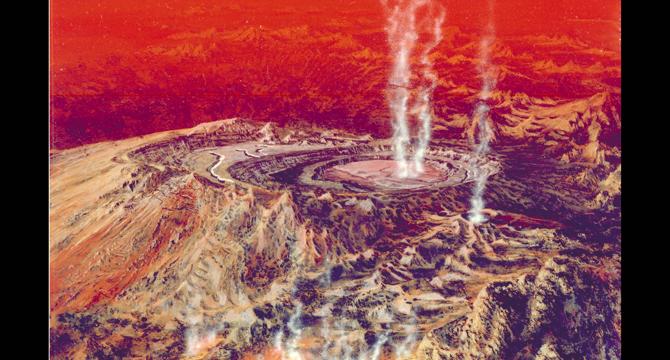
Image Credit: Nasa
Venus Blows Off Some Steam
- Tall plumes of white vapor rise from the rocky Venusian surface in this April 19, 1977, artist’s concept.
- NASA's Pioneer Venus 1 launched as the first American spacecraft to orbit Venus.
- Pioneer Venus 1 used radar to map the surface of Venus, revealing it to be generally smoother than Earth.
- Exploration by various spacecraft has provided a better understanding of the surface of Venus.
Read Full Article
4 Likes
Guardian
118
Image Credit: Guardian
Mars may once have had an ocean with sandy beaches, radar data suggests
- New radar data from China's Zhurong rover suggests that Mars may have once had sandy beaches from an ancient ocean.
- The existence of an ocean, called Deuteronilus, on Mars roughly 3.5 to 4 billion years ago is supported by this finding.
- The ground-penetrating radar detected thick layers of material resembling sand at depths of 10 to 35 meters.
- The presence of coastal deposits indicates the potential for past life and highlights the influence of the ocean on Mars' climate and landscape.
Read Full Article
7 Likes
Digitaltrends
287
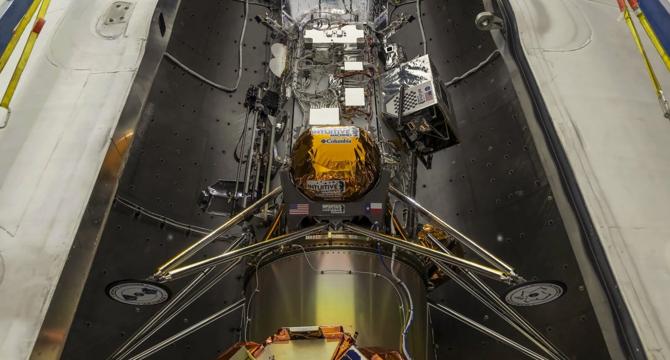
Image Credit: Digitaltrends
Humanity is about to break another space record with lunar launch this week
- This week, Intuitive Machines is set to launch its Athena lunar lander as part of its IM-2 mission, along with Firefly Aerospace's Blue Ghost and ispace's Resilience. This marks the first time that three lunar landers are enroute to the Moon simultaneously.
- Intuitive Machines' previous lunar lander, Odyssey, became the first U.S. spacecraft to land on the moon in fifty years, although it ended up on its side. Now, with Athena, Intuitive Machines will have another chance to successfully soft land on the moon.
- Athena will carry out science and technology tests from NASA as part of the Commercial Lunar Payload Services program. The mission aims to demonstrate resource use on the moon and to provide a permanent reference point on the lunar surface for future spacecraft.
- A hopping drone named Grace will also be included with the Athena lander. The drone will use the moon's lower gravity to efficiently move across the rocky terrain.
Read Full Article
17 Likes
The Verge
319

Image Credit: The Verge
AT&T and Verizon connect first cellphone-to-satellite video calls
- Verizon and AT&T have successfully completed cellphone-to-satellite video calls.
- Verizon completed the first cellphone-to-satellite video call, using its terrestrial network connection.
- AT&T completed another video call using satellites that will be part of a commercial network.
- Both companies utilized AST SpaceMobile's constellation of five BlueBird satellites for the tests.
Read Full Article
19 Likes
Digitaltrends
301
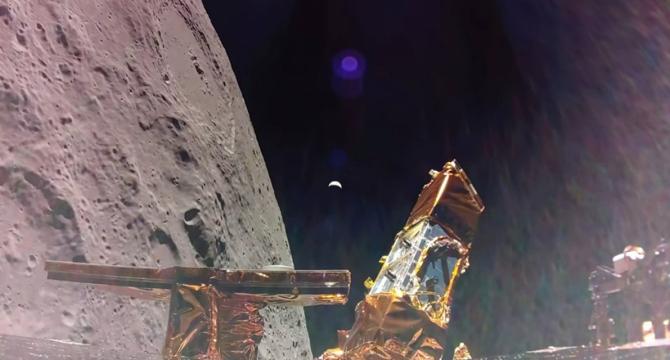
Image Credit: Digitaltrends
See the Earth rising and setting behind the moon in new Blue Ghost footage
- The Firefly Aerospace Blue Ghost mission captures footage of the Earth setting and rising behind the moon.
- New video shows the Earth visible as a small crescent in the background as the spacecraft orbits the moon.
- Blue Ghost successfully completes its third and final lunar orbit maneuver, preparing for a soft landing on the moon.
- The spacecraft carries experiments and tests of technology for the Artemis program, including a new record for Lunar GNSS Receiver Experiment.
Read Full Article
18 Likes
Nasa
50
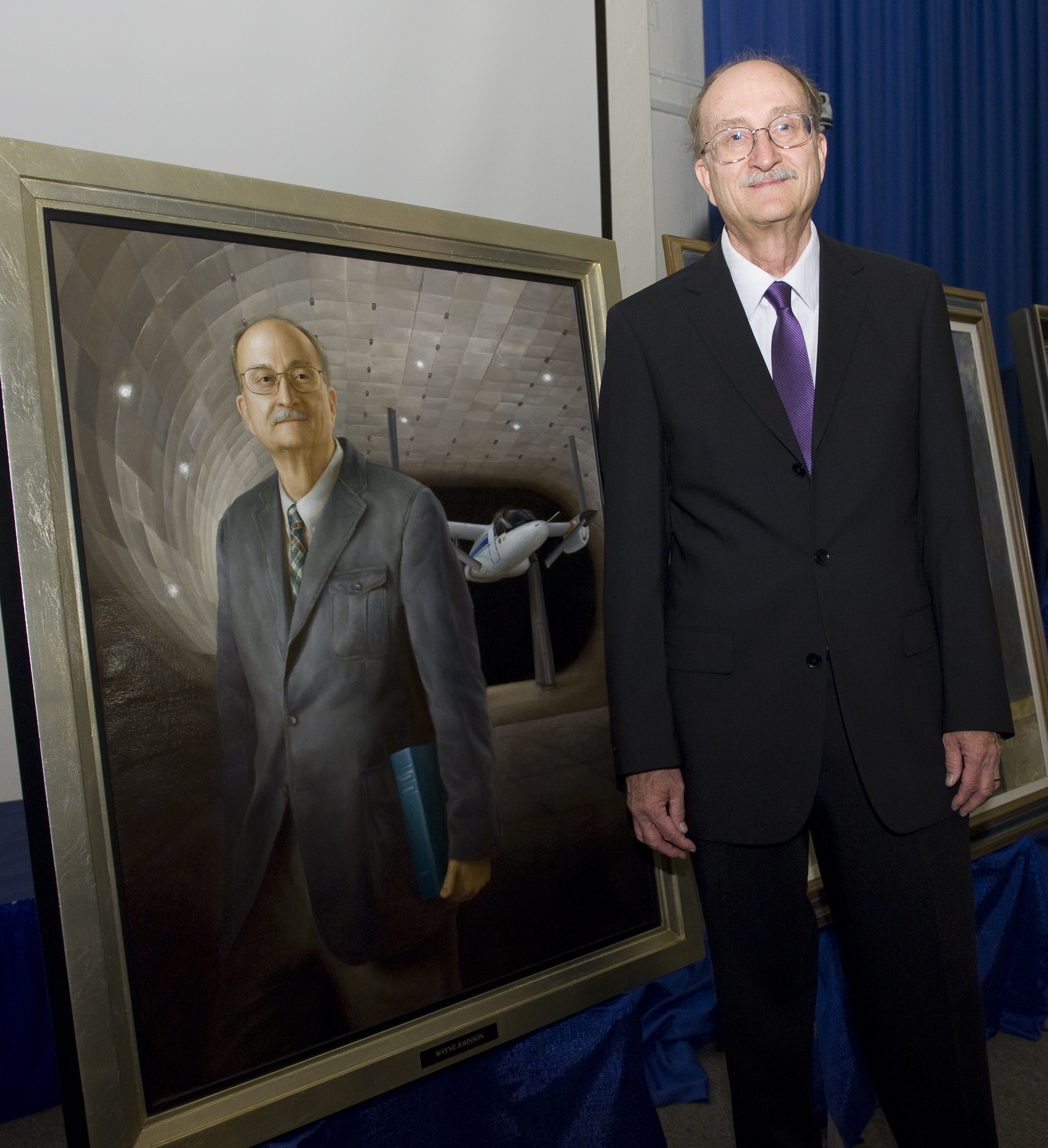
Image Credit: Nasa
Ames’ Own: Wayne R. Johnson Elected to the 2025 National Academy of Engineering Class
- Dr. Wayne R. Johnson, aerospace engineer at Ames Research Center, will be inducted as a new member of the National Academy of Engineering (NAE) class of 2025.
- He is being recognized for his 45+ years of contributions to rotorcraft analysis, tiltrotor aircraft development, emerging electric aircraft, and the Mars Helicopter development.
- NAE members are among the world's most accomplished engineers and are elected by their peers.
- The induction ceremony will take place on October 5, 2025.
Read Full Article
3 Likes
Nasa
415
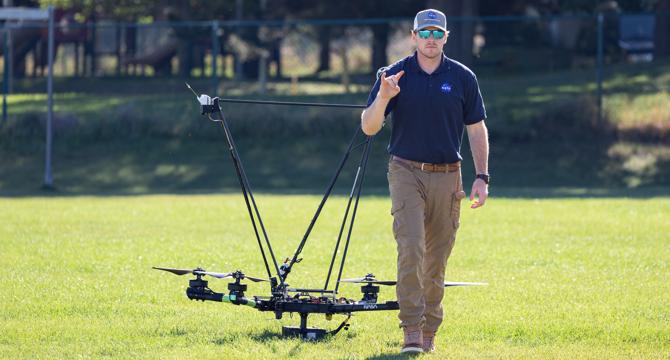
Image Credit: Nasa
NASA Invites Media to Observe FireSense Prescribed Burn at Kennedy
- NASA invites media to observe FireSense prescribed burn at Kennedy Space Center.
- The campaign activities aim to test models and demonstrate new technologies to measure fire behavior and smoke dynamics.
- The event showcases interagency and private sector collaboration to mitigate the risk from wildland fires and benefit ecosystem health.
- The prescribed fire will be conducted by the U.S. Fish and Wildlife Service as part of their land management responsibilities.
Read Full Article
25 Likes
Popsci
141

Image Credit: Popsci
New evidence suggests Mars once had ‘vacation-style beaches’
- New evidence suggests present-day Mars may have once had sandy beaches and ocean bodies.
- China's Zhurong Mars rover collected data indicating ancient shoreline features on Mars, with similarities to Earth's beaches.
- These findings support the hypothesis that a substantial portion of the northern pole of Mars was once covered by an ocean.
- The presence of waves and tides on Mars raises the possibility of ancient habitable environments and enhances the chances of supporting microbial life.
Read Full Article
8 Likes
Nasa
41
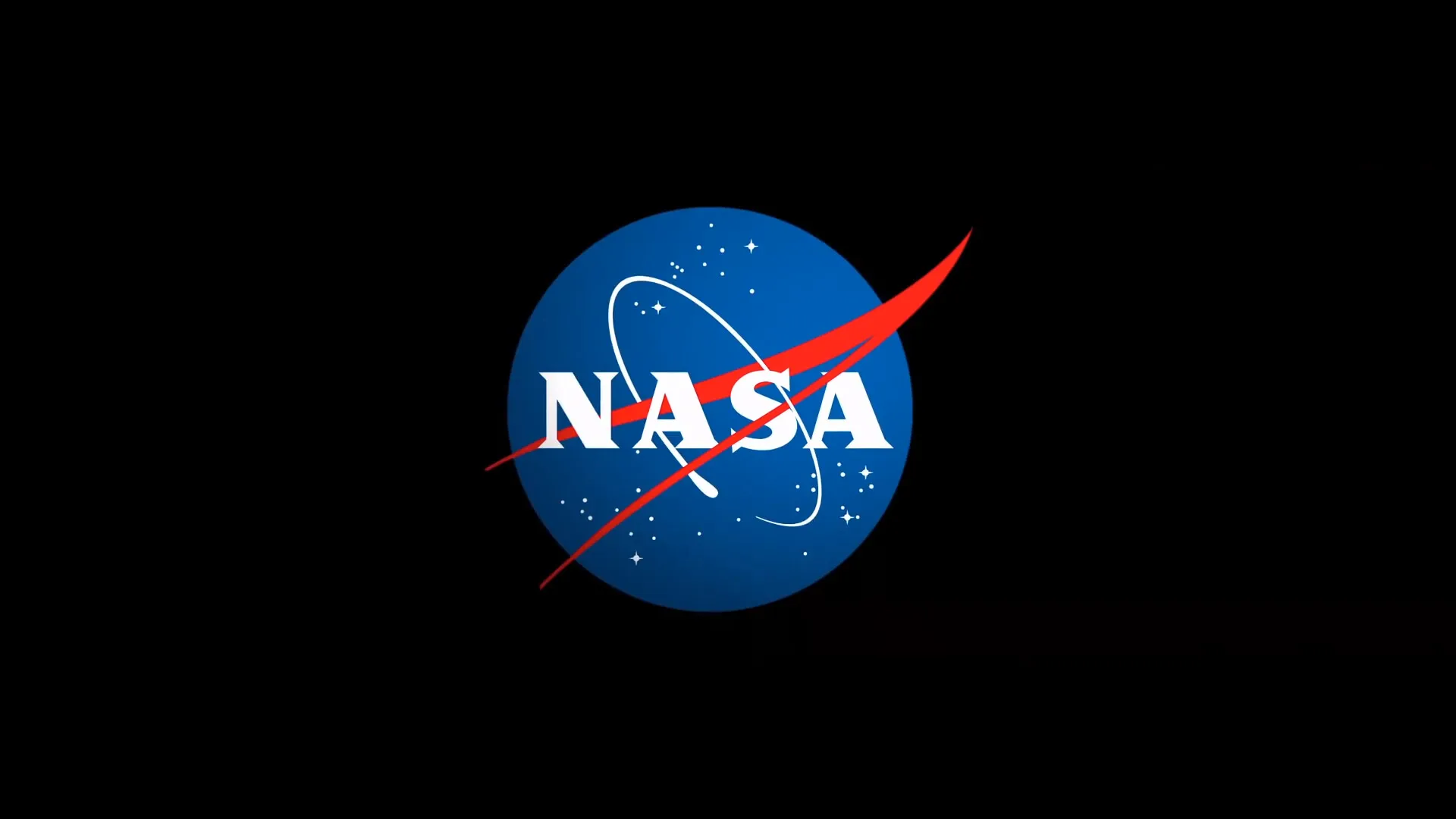
Image Credit: Nasa
NASA Names Acting Associate Administrator, More Leadership Changes
- NASA has made leadership changes, with Vanessa Wyche appointed as the acting associate administrator.
- Vanessa Wyche will oversee about 18,000 employees and an annual budget of over $25 billion.
- Stephen Koerner will serve as the acting center director of NASA Johnson.
- Jackie Jester has been named associate administrator for the Office of Legislative and Intergovernmental Affairs.
- Catherine Koerner, associate administrator for Exploration Systems Development, is set to retire.
- Lori Glaze will assume the role of acting associate administrator for Exploration Systems Development.
- Wyche's previous roles include director of NASA Johnson and various leadership positions at Johnson Space Center.
- Stephen Koerner, as deputy director of NASA Johnson, oversaw strategic workforce planning.
- Jester, as associate administrator for Legislative and Intergovernmental Affairs, will lead communication with Congress.
- Catherine Koerner has been pivotal in NASA's deep space exploration approach.
Read Full Article
2 Likes
Brighter Side of News
278

Image Credit: Brighter Side of News
Dwarf planet Ceres holds evidence of life’s cosmic origins
- Ceres, the largest object in the asteroid belt, is a dwarf planet between Mars and Jupiter that could be considered an 'ocean world.'
- Scientists found organic material on Ceres, hinting at potential origins of life in the Solar System.
- The Dawn mission confirmed organic-rich regions, especially around the Ernutet crater.
- Organic materials on Ceres could have formed internally or been delivered by impacts from outer space.
- Spectrometers on the Dawn spacecraft helped identify organic materials on Ceres through light analysis.
- The organic deposits on Ceres show a 'red-sloped' signature typically seen in outer Solar System objects.
- Computer models suggest that organic-rich deposits on Ceres resulted from collisions with objects from the outer asteroid belt.
- The discovery of organic molecules on Ceres has implications for the study of astrobiology and the potential for life beyond Earth.
- Future missions may provide more insights into Ceres' organic material and its potential as a habitat for prebiotic chemistry.
- Ceres' mysteries, including its icy subsurface and unusual organics, make it a unique world requiring further exploration.
Read Full Article
16 Likes
TechCrunch
246
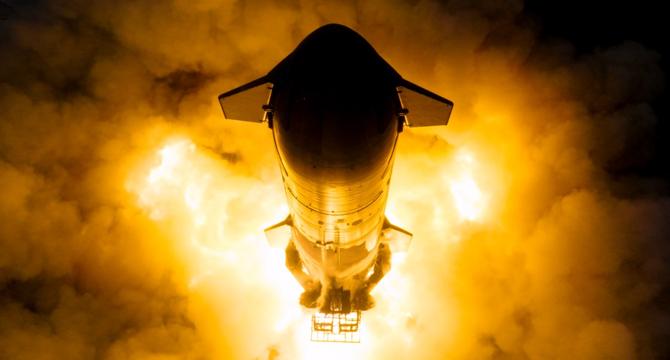
Image Credit: TechCrunch
SpaceX says Starship self-destructed after propellant leaks caused fires and comms blackout
- SpaceX says last month's Starship explosion was caused by propellant leaks.
- A cascading series of events led to sustained fires and a communications blackout.
- SpaceX has addressed the propellant leak issue ahead of an upcoming test flight.
- Changes have been made to the propellant system to prevent similar incidents.
Read Full Article
14 Likes
For uninterrupted reading, download the app